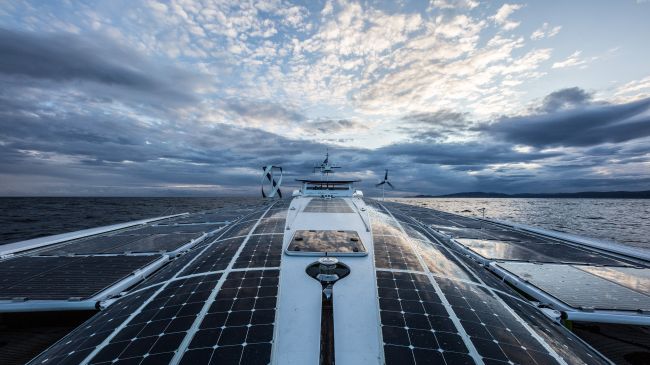
When it comes to developing a sustainable lifestyle for the human race, a solar energy system is one of the most trusted renewable energy sources that has efficiently supplied power without the occasional side effects. People now have a convenient source of acquiring and storing electricity. This implies that we are now able to use electricity generated directly from the sun and store it for future use, irrespective of any weather fluctuations.
With the advancement of technology, solar energy has further accelerated its development. There have been several projects launched under the guidance of government bodies or private organizations that aim to educate people about the relevance of solar energy and encourage them to acquire a solar panel system.
Solar Panel Systems: Favouring the Common Masses
Solar energy uses radiations of the sun to generate a clean and reliable source of power. This makes it a highly preferred power generation method in frosty regions like the UK. Apart from being an enduring and eco-friendly source, solar energy is one of the most economical options for electricity generation. Through the inclusion of various government schemes, consumers can now save and earn a huge chunk of money from the electricity generated by adopting solar panel systems into their households. For instance, the feed-in-tariff scheme allows the consumer to store the electricity generated by solar panels and further get paid for the excess power by sharing it with another consumer.
Types of Solar Panel Systems
With respect to the specific needs and preferences, solar electricity allows consumers to avail of the tailored and modular panel system. Solar electric power systems are generally categorized into three primary types, i.e., grid inter-tied, grid inter-tied with battery backup, and off-grid.
Grid Inter-Tied: This kind of solar panel system is directly connected to the household and the electric utility grid. It allows the consumers to avail power from both, the electric as well as the solar grid and offers seamless switching between either of the grids. The primary advantage of the grid inter-tied system is the ability to balance the solar production and conventional electricity generation.
Grid Inter-Tied with Battery Backup: Functioning similar to the grid inter-tied system, this panel system comes with an added battery backup that supplies power to the grid and stores the energy for future use. As solar electric system depends on the radiations of the sun, this system generates power when sunlight is abundant and stores the excess energy to produce power on cloudy days.
Off Grid: It is completely disconnected from the electric utility grid and works as a standalone solar grid that provides auxiliary power whenever needed. Along with battery backup that provides power during the cloudy days, a generator is used as a substitute power source to sustain the charge for the longer duration.
Regional Grid
It is evident that solar energy is the most efficient and economical source of power generation. The regional grid is created by blending renewable power from community-based and consumer-owned solar utility grid located on dispersed systems. It is further used to produce energy on a wider geographical area, irrespective of the weather patterns and energy loads. This extensive distribution of energy, not only reduces the chances of greenhouse gas emission but also minimises the severity of local air pollutants. Having a regional grid that can supply clean energy to more number of the households can be a cost-effective and a reliable option to develop a sustainable lifestyle. This amalgamation of widely spread energy into a compact system can be used to meet diverse electricity demands.
Transmission Planning Benefits
Consumers can easily transfer their conventional utility grid into a regional grid via contacting their nearest grid operator. A regional grid operator creates a transmission network without disturbing the existing grid infrastructure of the consumer. Operators can also optimize the power dispatch across the transmission network and reduce the excess power generation. The consumers can avail various transmission plans that come with different schemes and benefits. For instance, a consumer can easily add another system into their transmission network (with assistance from the grid operator) by creating a substation and earn money out of it.
Leveraging Clean Energy
The inclusion of regional grid into the household and advancement of solar power amongst the common masses, clearly indicates that people are moving towards a sustainable lifestyle. Regional grid not only offers a compact and economic version of solar panel system but also generates clean energy for coming generations. There are legally authorized regional grid operators who create a transmission channel and connect it to the regional grid. However, consumers can also contact their current provider and see if they can offer an alternative. Developing a regional grid and acquiring clean energy can be a challenging and prolonged process, but gradually with the assistance of schemes and initiatives, consumers can convert their current polluted zone into a sustainable environment and develop a clean future energy source.